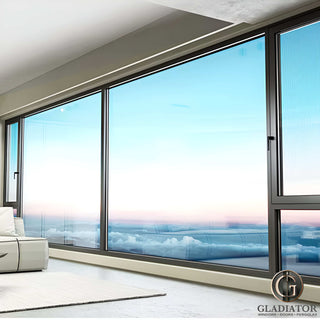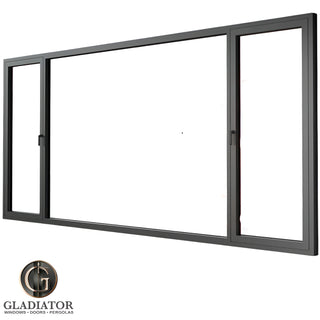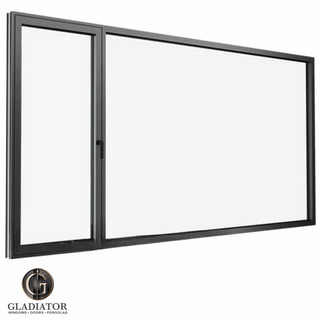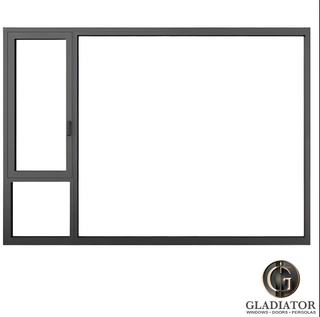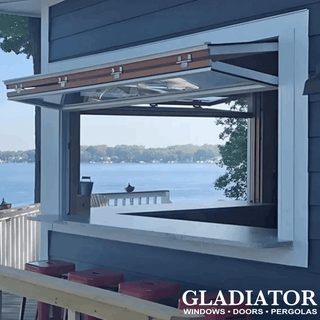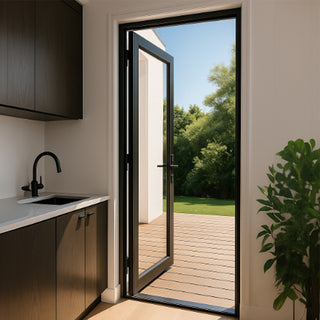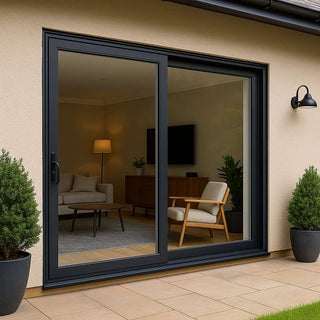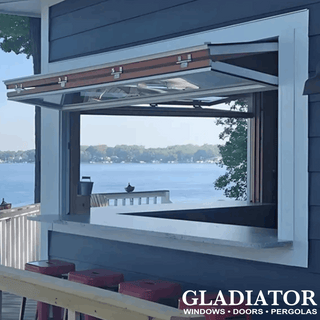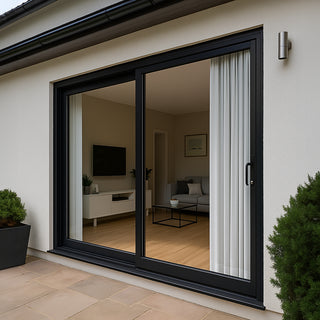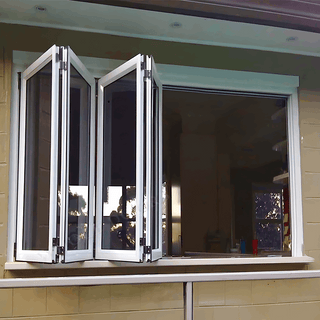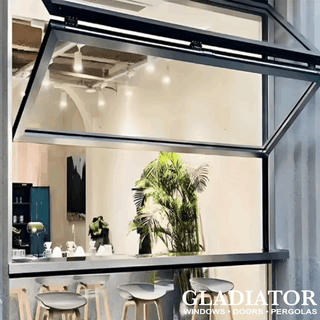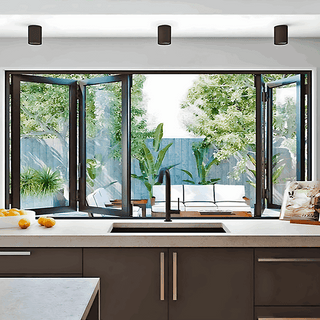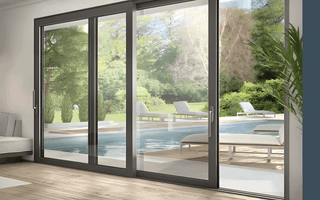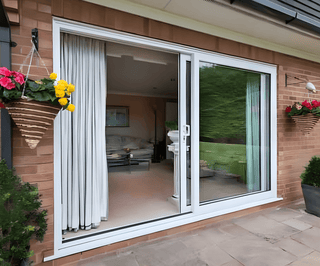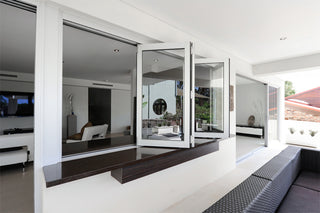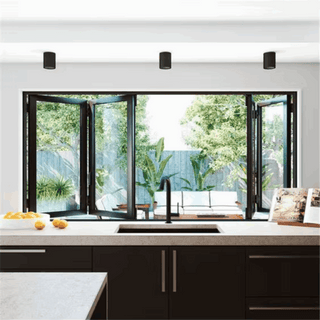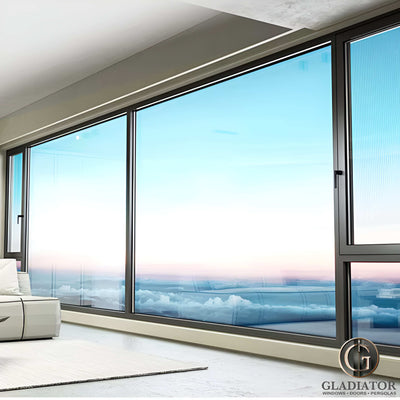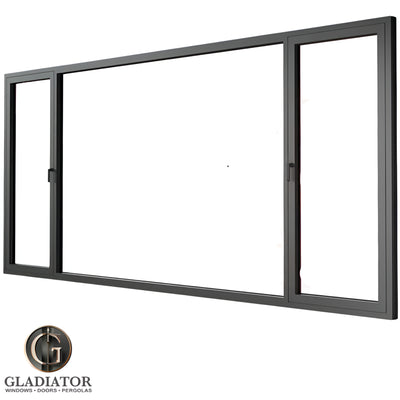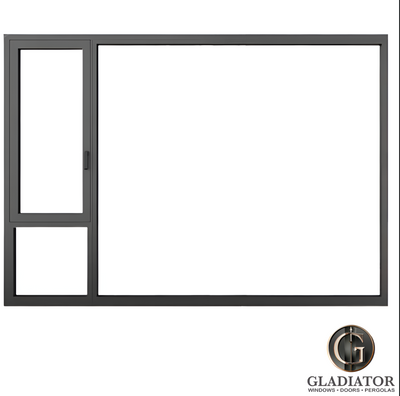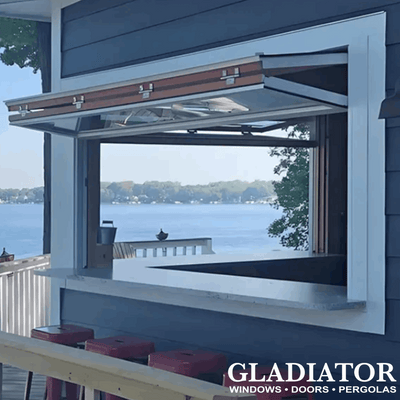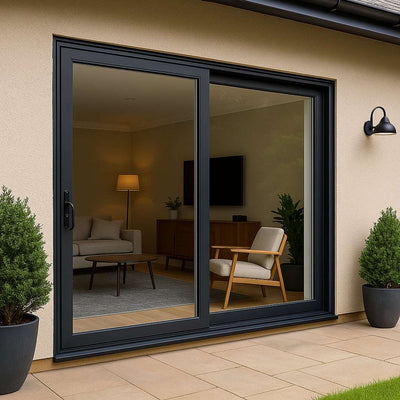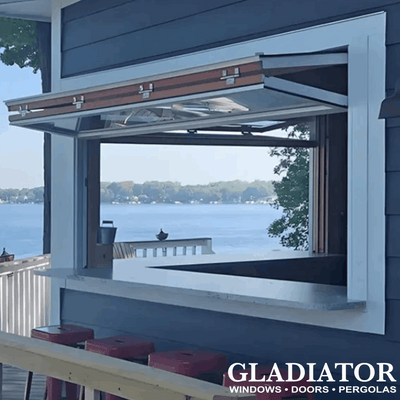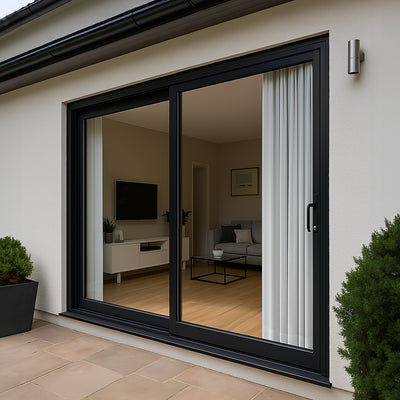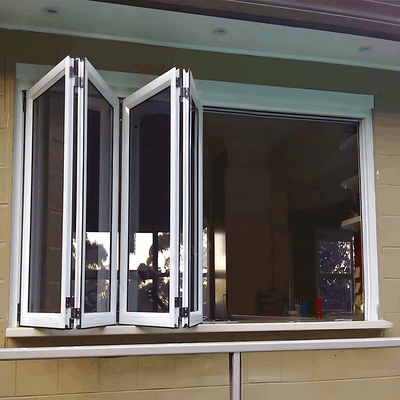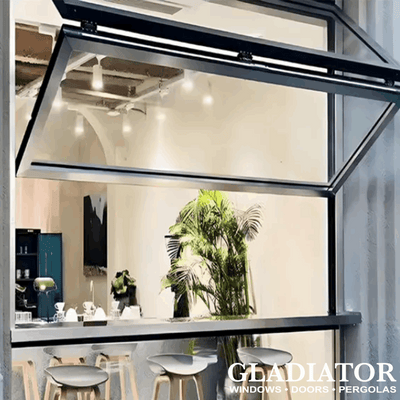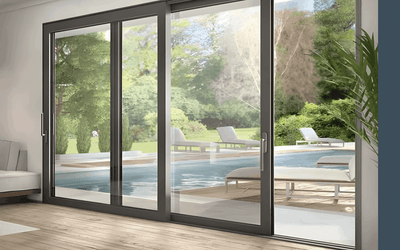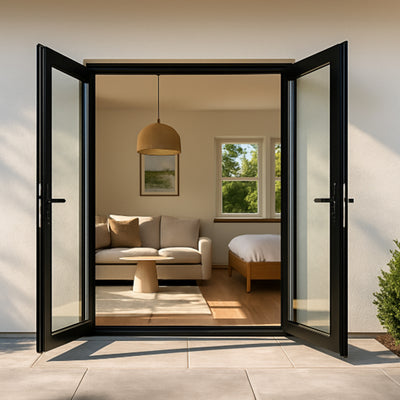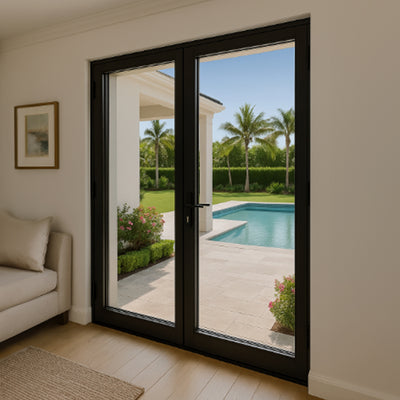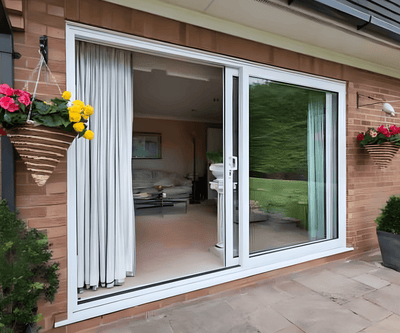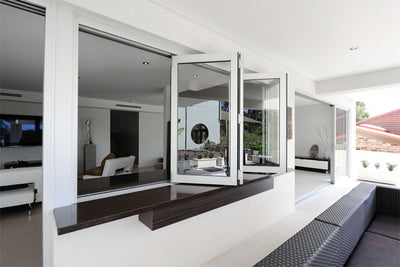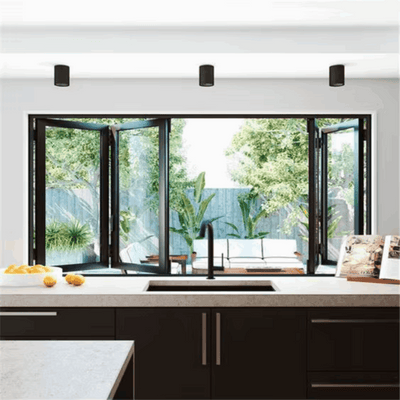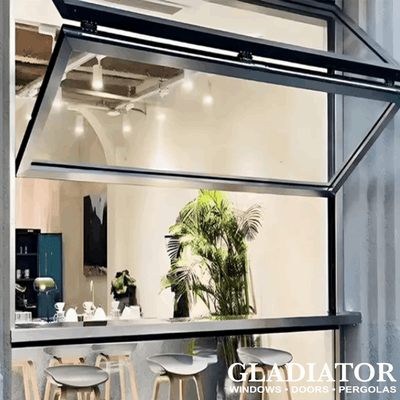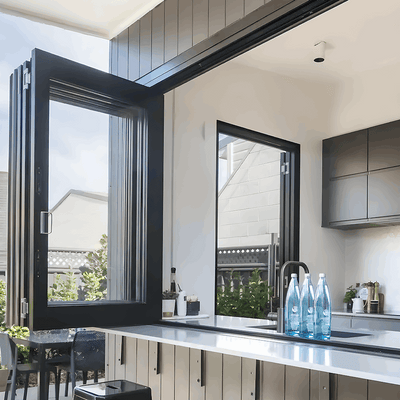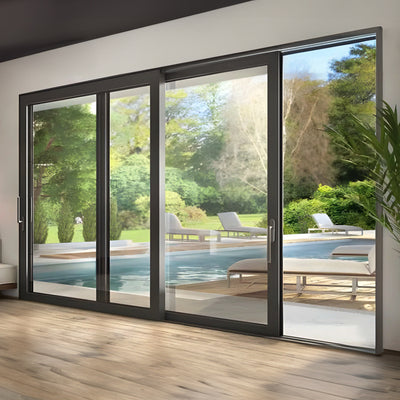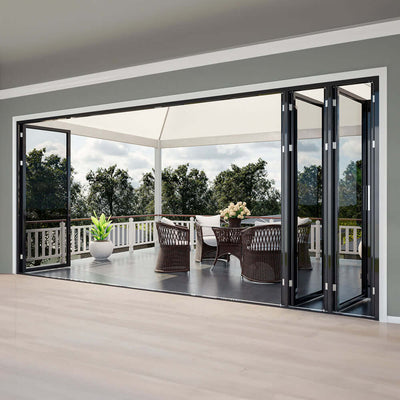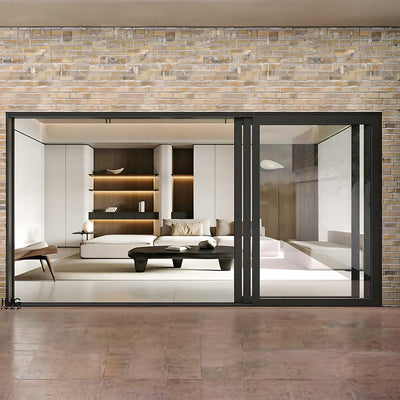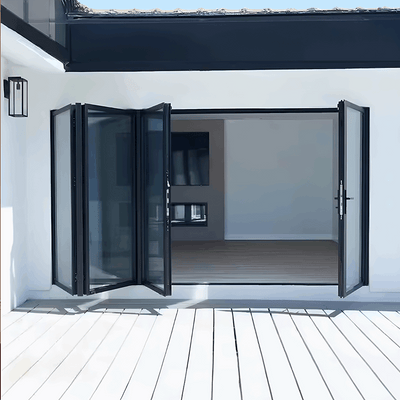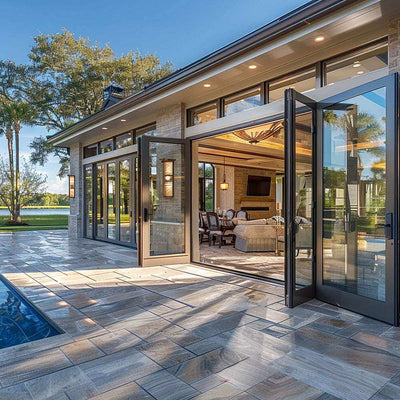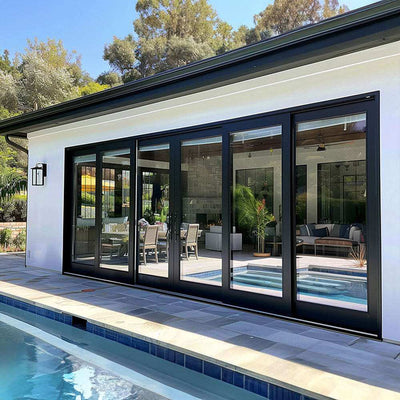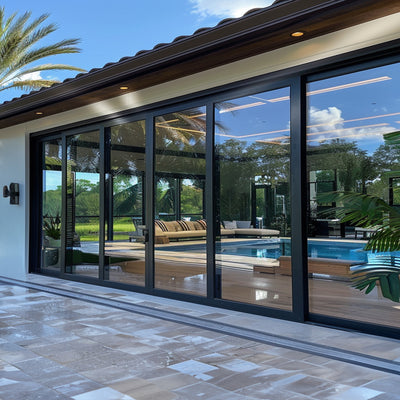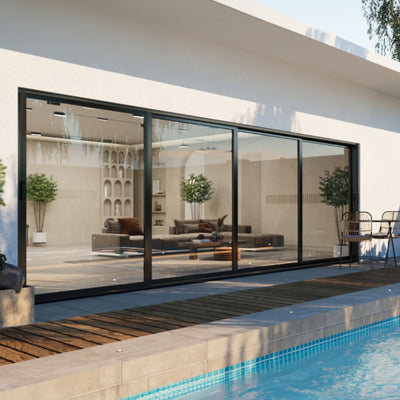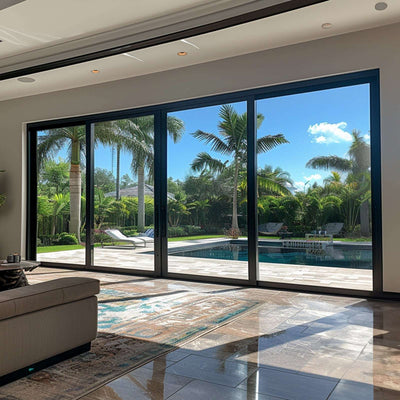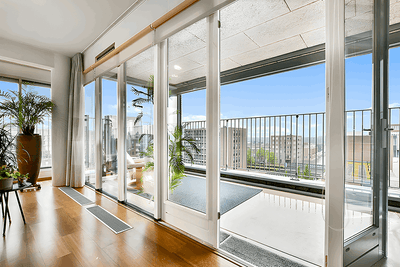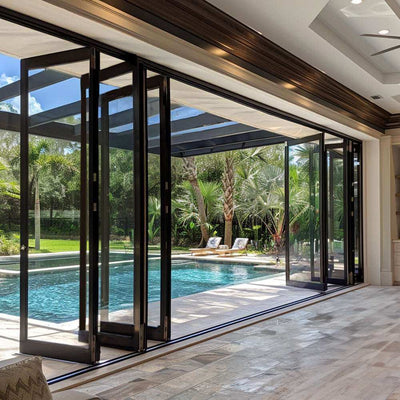Why Your Sliding Glass Door Is Fighting You (And How to Win)
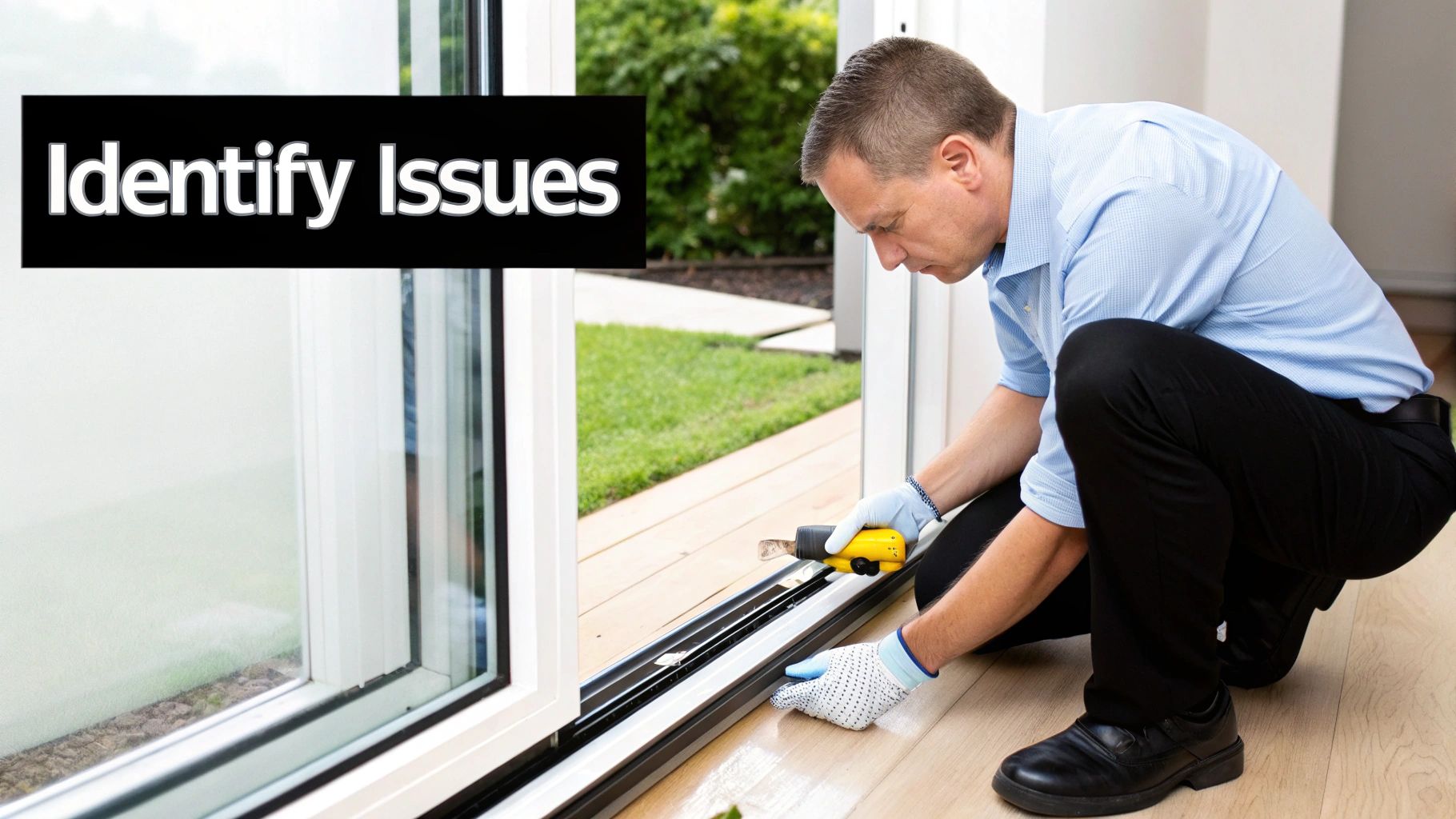
That all-too-familiar struggle—the tug, the heave, the eventual screech—can quickly turn a peaceful moment on the patio into a frustrating battle with your sliding glass door. But why does this happen? Understanding the mechanics behind these common sliding glass door issues is the first step towards a smoother, quieter, and more enjoyable outdoor experience.
The Usual Suspects: Rollers, Tracks, and Frames
The most common reasons for a sticky sliding door are often found in its core components: the rollers, tracks, and frame. Rollers, those small wheels at the bottom of the door, bear the weight and allow for movement. Over time, these rollers can wear down, become misaligned, or collect debris, preventing them from gliding smoothly. This can lead to a door that sticks, jumps, or simply refuses to move.
The tracks themselves can also become clogged with dirt, dust, and other debris. This build-up creates friction, making it more difficult for the rollers to do their job. Furthermore, the tracks can become bent or misaligned, throwing the entire system off balance.
Finally, the door frame plays a crucial role in smooth operation. As homes settle over time, the frame can shift, causing the door to rub against the track or become misaligned. This often results in sticking and difficulty opening or closing the door.
Diagnosing the Problem: A Quick Checklist
Before beginning any sliding glass door repair, it's important to correctly diagnose the problem. A simple inspection can often pinpoint the source of the issue.
- Check the rollers: Are they turning freely? Are they visibly worn or damaged? Are they positioned correctly in the track?
- Inspect the tracks: Are they clean and free of debris? Are they straight and level?
- Examine the frame: Is the door rubbing against the frame? Does the frame appear warped or damaged?
This quick checklist provides a solid starting point for deciding what to do next. You can avoid unnecessary repairs by focusing on the specific issue. Understanding these components helps you decide whether a simple DIY fix is enough, or if you need a professional. Historically, sliding glass doors have been a common feature, especially in warmer climates. However, they require regular maintenance, like roller adjustments or replacing worn hardware. Replacing rollers can cost between $20 and $40, while replacing a handle can range from $120 to $250. These repairs are crucial for maintaining both function and appearance. Learn more about sliding glass door repair.
DIY Sliding Glass Door Repair That Actually Works
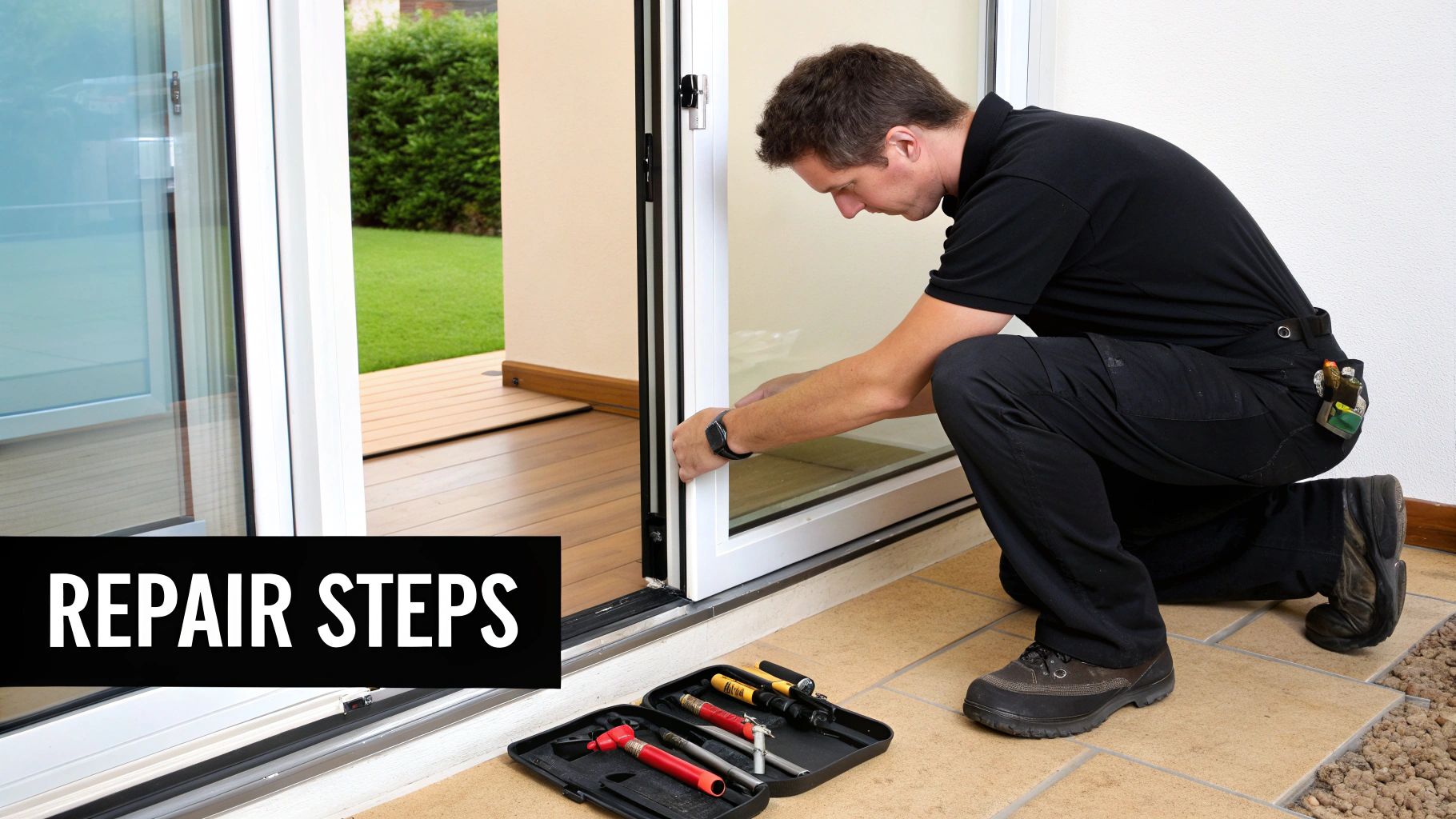
Tired of watching confusing DIY videos that leave you more frustrated than when you started? This guide offers clear, practical advice for common sliding glass door repairs. From simple lubrication to fixing a door that's jumped the track, you'll learn how to tackle these issues and avoid costly service calls. Get ready to reclaim a smoothly gliding door!
Cleaning and Lubricating the Tracks
Often, the first step to a smoother sliding door is the simplest: a good cleaning. Debris build-up in the tracks creates friction, hindering the rollers and making the door stick. Let's get those tracks sparkling clean!
- Gather your tools: You'll need a vacuum cleaner with a crevice attachment, a stiff brush, and a simple cleaning solution (mild soap and water works perfectly).
- Remove loose debris: Use the vacuum and brush to remove dirt, dust, and anything else clogging the track.
- Clean the track: Apply your cleaning solution and scrub the track well. Rinse with clean water and allow it to dry completely.
- Lubricate the track: Apply a silicone-based lubricant. This helps the rollers glide smoothly and prevents future sticking. Avoid oil-based lubricants, as these can attract more dirt and dust.
This simple cleaning and lubrication process can make a world of difference. It’s a great first step before moving on to more complex repairs.
Adjusting Roller Height
Over time, the rollers on your sliding door can become misaligned. This can cause the door to drag or become difficult to operate. Luckily, most sliding doors have adjustable rollers, allowing for an easy DIY fix.
- Locate the adjustment screws: These are usually located at the bottom of the door panel, near each roller.
- Turn the screws: Use a screwdriver to adjust the screws, raising or lowering the rollers as needed. Small adjustments can have a big impact, so test the door's movement after each adjustment.
- Check for smooth operation: Once the door slides effortlessly, the adjustment is complete.
This simple adjustment can drastically improve your door's performance. Remember to make small adjustments and test frequently.
Realigning a Door That's Jumped the Track
A door off its track can seem daunting, but the fix is often surprisingly straightforward. This repair involves carefully lifting and guiding the door back into place.
- Lift the door: With a helper, carefully lift the door upwards to disengage it from the bottom track.
- Guide the door: While lifting, guide the bottom of the door back into the track. It might take some maneuvering to get it properly seated.
- Lower the door: Once the door is back on track, slowly lower it and check for smooth operation.
Having two people for this repair is highly recommended for safety and proper handling. For more complex sliding door repairs, you might find this resource helpful: How to master more advanced sliding glass door repairs.
Replacing Worn Hardware
Sometimes, the problem lies with worn or damaged hardware. Replacing handles, locks, or even the rollers themselves can restore your door's functionality.
- Identify the worn hardware: Inspect the handles, locks, and rollers for signs of wear or damage.
- Purchase replacement parts: Make sure the new hardware is compatible with your specific door model.
- Follow manufacturer’s instructions: For proper installation, carefully follow the instructions provided with the new hardware.
While replacing hardware may be a more involved process, it’s often a necessary step for a long-term solution. Taking this proactive approach can prevent bigger problems down the line.
Before we move on, let's look at a handy comparison table that summarizes some common DIY sliding door repairs:
DIY Sliding Door Repair Comparison
This table compares different DIY sliding glass door repairs based on difficulty, tools needed, estimated time, and potential cost savings.
| Repair Type | Difficulty Level | Tools Required | Estimated Time | Avg. Cost Savings |
|---|---|---|---|---|
| Cleaning and Lubricating Tracks | Easy | Vacuum, brush, cleaning solution, lubricant | 30 minutes | $50 - $100 |
| Adjusting Roller Height | Easy to Moderate | Screwdriver | 15-30 minutes | $75 - $150 |
| Realigning a Door Off Track | Moderate | None (helper recommended) | 30-60 minutes | $100 - $200 |
| Replacing Worn Hardware | Moderate to Difficult | Varies depending on hardware | 1-2 hours | $50 - $300+ |
This table illustrates that even seemingly minor repairs like cleaning and lubricating can lead to significant cost savings. More involved repairs, while potentially more time-consuming, can still offer substantial savings compared to hiring a professional.
When to Call the Pros (And How to Find the Good Ones)
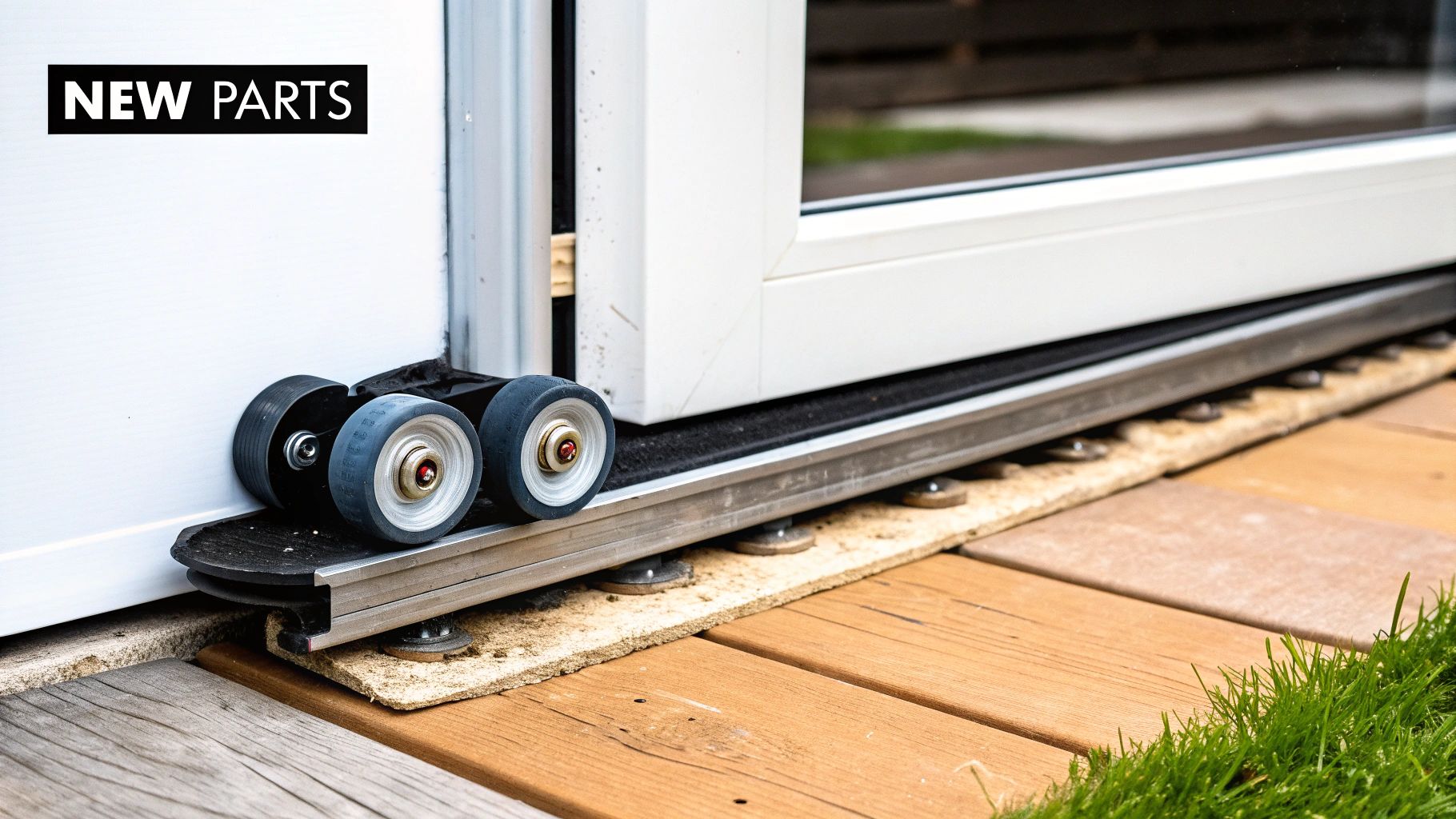
Many sliding glass door repairs are simple enough to handle yourself. But sometimes, you need the expertise of a professional. Knowing when to bring in the experts is key for both the lifespan of your door and your own peace of mind. This guide will help you recognize those times and find reliable, trustworthy sliding glass door repair services.
Recognizing Your DIY Limits
Some tasks, like cleaning the tracks or adjusting rollers, are pretty straightforward. More complicated problems, however, might be beyond your skillset. This is especially true for issues involving broken glass, major frame damage, or complicated structural problems. Trying these repairs without the right training and tools can worsen the damage and potentially lead to higher repair bills later.
Signs You Need Professional Help
Here are some clear indicators that you should contact a professional for your sliding glass door repair:
- Broken or Cracked Glass: This needs special tools and expertise for safe removal and replacement. Mishandling broken glass is dangerous.
- Significant Frame Damage: Warped or rotted frames weaken the entire door structure and might require a full replacement.
- Difficulty Sliding Despite DIY Efforts: If your door keeps sticking or jamming even after cleaning and adjustments, there could be a larger underlying problem.
- Worn or Damaged Tracks: Badly damaged tracks can stop the door from sliding smoothly and might require a professional to replace them.
- Condensation Between Glass Panes: This shows a broken seal, meaning the insulated glass unit needs replacing by a professional.
Finding the Right Professional: Key Questions to Ask
Picking the right repair service is essential to getting a high-quality, long-lasting repair. Asking the right questions will help you tell the real professionals from the less qualified.
- Experience and Specialization: How long have they been operating? Do they focus on sliding glass door repair?
- Licensing and Insurance: Are they properly licensed and insured? This protects you if accidents or damage occur.
- Guarantees and Warranties: Do they guarantee their workmanship? What warranties do they offer on parts and labor?
- References and Reviews: Can they provide client references? Look at online reviews to see what other customers say about their service.
- Detailed Estimates: Do they provide detailed, written estimates before beginning the work? This helps you avoid surprise charges.
Sliding glass door repair costs can vary quite a bit. As of 2024, the average repair cost is around $225, typically ranging from $120 to $330. Factors such as the damage extent, your location, and the required materials influence the price. Exterior doors generally cost more because of specialized parts and weatherproofing. The glass type also affects the cost, with hurricane-resistant glass potentially running between $1,000 and $3,000. For more detailed cost information, check out HomeAdvisor.
Red Flags to Watch Out For
Be cautious of repair services with these red flags:
- High-Pressure Sales Tactics: A good company will provide solutions, not push you into unnecessary services.
- Lack of Transparency: Avoid companies that are unclear about their pricing or the work involved.
- Unprofessional Communication: If they communicate poorly or are unresponsive, it could be a sign of trouble.
- No Written Contracts or Guarantees: Always get a written contract detailing the work and any guarantees provided.
For more information on services, visit Gladiator Window and Doors. Knowing when to call a pro and how to choose a repair service will help ensure a successful, lasting sliding glass door repair. This keeps your sliding glass doors beautiful and functional for years to come.
Repair or Replace? Making the Smart Investment Decision
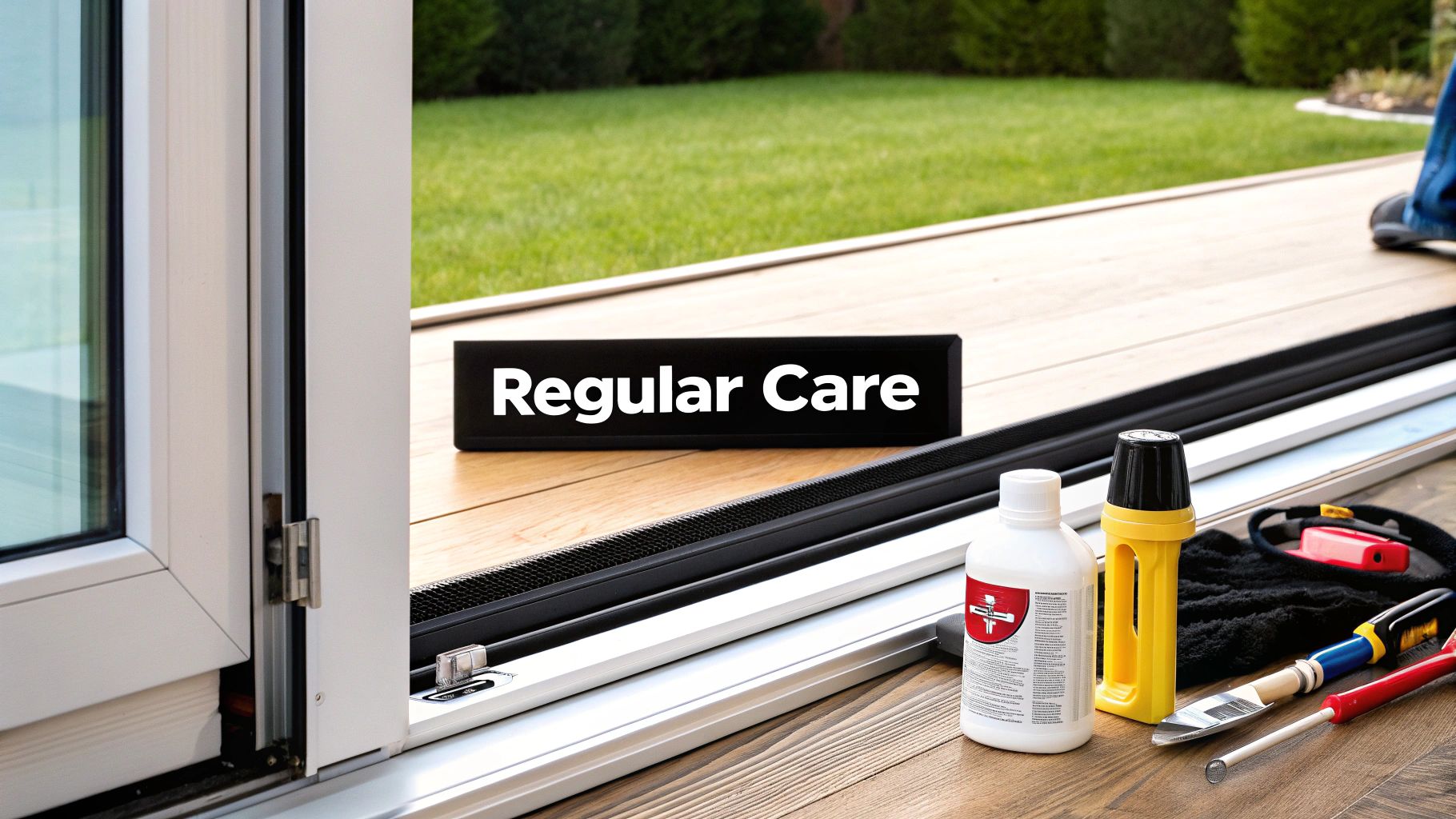
Knowing when to repair your sliding glass door versus replacing it can be tricky. It's a balance between cost and long-term value. This guide helps you make the best choice for your home.
Assessing Your Sliding Glass Door's Components
Just like a car, a sliding glass door has several important parts. Checking these parts will help you decide whether to repair or replace your door. This careful inspection can save you money in the long run.
-
Tracks: Check the tracks for bends, dents, or wear. Minor damage is often repairable. Severe damage might mean you need new tracks. Think of them like train tracks – if they're bent, the train won't run smoothly.
-
Rollers: Inspect the rollers for wear and smooth movement. If they're worn, you can often replace them individually. If many rollers are worn, a full replacement might be better.
-
Frames: Look closely at the frames for rot, warping, or other damage. Sometimes, minor frame problems can be fixed. But serious damage often means replacing the entire door to maintain its structure.
-
Glass Panels: Check the glass for cracks, chips, or fogging (which means a broken seal). Small chips are sometimes repairable, but larger cracks or fogging usually mean replacing the glass.
Sourcing Replacement Parts: Extending Your Door's Lifespan
Even older sliding glass doors can often be repaired with the right parts. This can save you the cost of a full replacement, especially if your door frame is still in good shape. Many online retailers sell parts for older doors. You can also contact the original manufacturer or a local door repair company.
Prioritizing Upgrades: Getting the Most From Your Repairs
If you're repairing your door, think about upgrades that give you the best value. New high-quality rollers can make the door operate much more smoothly and quietly. Replacing old weatherstripping can improve energy efficiency and lower your utility bills. These upgrades add value and make your sliding glass door more efficient.
To help you make informed decisions, we've put together a handy guide comparing repair and replacement costs for different sliding glass door components:
Repair vs. Replace Decision Guide
This table helps you decide whether to repair or replace different parts of your sliding glass door, based on cost and the extent of the damage.
| Component | Repair When | Replace When | Average Repair Cost | Average Replacement Cost |
|---|---|---|---|---|
| Rollers | Worn, but not damaged | Multiple rollers failing, significant damage | $20-$40 per roller | $100-$200 for full set |
| Tracks | Minor bends or dents | Severely damaged, warped tracks | $50-$100 | $150-$300 |
| Frame | Minor damage, rot | Significant damage, structural issues | $100-$200 | $500-$1500+ (depending on door type) |
| Glass Panel | Small chips, minor cracks | Large cracks, fogging between panes | $50-$150 | $200-$500+ (depending on glass type) |
By taking the time to assess your sliding glass door, you can avoid bigger problems and expenses later. This guide gives you the information you need to make smart choices about repairs and replacements, balancing cost with long-term benefits.
Preventative Maintenance That Extends Door Life
Maintaining your sliding glass doors doesn't have to be a struggle. By implementing a few preventative maintenance strategies, you can significantly extend their lifespan and enjoy smoother, quieter operation. These proactive approaches, gleaned from experienced door specialists, turn occasional frustrating repairs into simple, predictable upkeep.
Seasonal Care: A Proactive Approach
Just like your car, your sliding glass doors benefit from regular attention. Establishing a seasonal care routine can prevent many common problems.
-
Spring Cleaning: After winter, focus on thoroughly cleaning the tracks. Remove debris buildup using a vacuum, brush, and mild soap and water. This removes dirt and grime that hinders smooth operation.
-
Summer Lubrication: Apply a silicone-based lubricant to the tracks during the summer months. This helps the rollers glide effortlessly and prevents sticking. Avoid oil-based lubricants, which can attract dirt.
-
Autumn Adjustments: As temperatures change, check the door alignment. Ensure they are sitting properly in the tracks and adjust the rollers if needed. This prevents excessive wear and tear.
-
Winter Protection: In colder climates, consider applying weather sealant around the frame to prevent drafts. This helps maintain energy efficiency and protects against weather damage.
This simple seasonal approach keeps your sliding glass doors operating smoothly year-round. You might be interested in: How to master more advanced sliding glass door repairs.
Choosing the Right Lubricant: A Critical Detail
Using the correct lubricant is crucial. While WD-40 might seem like a quick fix, it's not ideal for long-term lubrication. Silicone-based lubricants are specifically designed for sliding door tracks. They provide lasting protection without attracting dirt and debris like oil-based products. This small detail makes a big difference.
Cleaning Tracks Without Causing Damage: A Gentle Approach
Cleaning the tracks might seem simple, but using the wrong tools can cause damage. Avoid abrasive cleaners or harsh scrubbing pads, which can scratch the track surface. Instead, opt for a soft brush, mild soap, and water. This gentle approach removes debris effectively without harming the tracks.
Simple Adjustments: Preventing Premature Wear
Regularly checking the roller adjustments is another key preventative measure. Over time, rollers can shift, causing uneven weight distribution and premature wear. By making small adjustments, you ensure the door’s weight is evenly distributed. This simple step can significantly extend the life of your rollers and tracks.
Customized Maintenance Schedules: Tailored to Your Needs
Creating a customized maintenance schedule is key. Factors like climate, usage patterns, and door materials all influence how often your doors need attention. For example, homes in coastal areas might require more frequent cleaning and lubrication. Doors made of wood might need additional protection compared to vinyl or aluminum. By tailoring your maintenance schedule, you ensure optimal performance and longevity. This saves you money on costly repairs and enhances your daily enjoyment of your sliding glass doors.
Security Upgrades Worth Making During Repairs
Sliding glass doors, while aesthetically pleasing and convenient, can be a security vulnerability. However, repairs offer a chance to enhance security without compromising convenience or looks.
Aftermarket Locks: Boosting Your Defenses
Standard sliding door locks are often weak. Aftermarket locks, however, provide significantly better protection. Vertical bolts, for example, lock into the door frame, preventing the door from being lifted out of its track. Auxiliary locks are easy to install for an extra layer of security.
- Vertical Bolt Locks: These offer strong protection against forced entry, particularly lifting.
- Auxiliary Locks: A simple and affordable way to add an extra layer of defense.
- Keyed Locks: Choose keyed locks instead of latches for better security, making them harder to pick.
Supplemental Pins and Bars: Simple Yet Effective
Security bars and pins offer straightforward but effective added security. Charlie bars are adjustable rods placed in the track, preventing the door from sliding. Security pins fit into drilled holes in the frame and track.
- Charlie Bars: Easy to install and adjust, preventing sliding even if the lock is bypassed.
- Security Pins: A sturdy barrier against forced entry.
Glass Reinforcement: Stronger Glass, Enhanced Security
Replacing glass can be costly. Glass reinforcement films provide a more budget-friendly alternative. Applied directly to the glass, these films make it much harder to break. While not unbreakable, the film significantly increases resistance, deterring intruders and giving your security system more time to alert authorities.
Smart Home Integration: Modern Security Solutions
Integrating smart home technology enhances both security and ease of use. Smart locks enable remote locking and unlocking and integrate with security systems for instant alerts. Sensors detect movement and trigger alarms or notifications.
- Smart Locks: Control access remotely and get notified of openings and closings.
- Door/Window Sensors: Trigger alarms if the door is opened unexpectedly, adding an extra security layer.
By considering these security upgrades during repairs, you can substantially improve your home’s protection without sacrificing functionality or aesthetics. Turning a weak point into a strength provides real peace of mind.
Ready to enhance your sliding glass doors and home security? Gladiator Window and Doors offers a wide range of high-quality, custom sliding doors designed for both security and beauty. Specializing in extra-large sizes, we offer the lowest prices in the USA. Visit Gladiator Window and Doors today for more information and a free quote!
Article created using Outrank

















